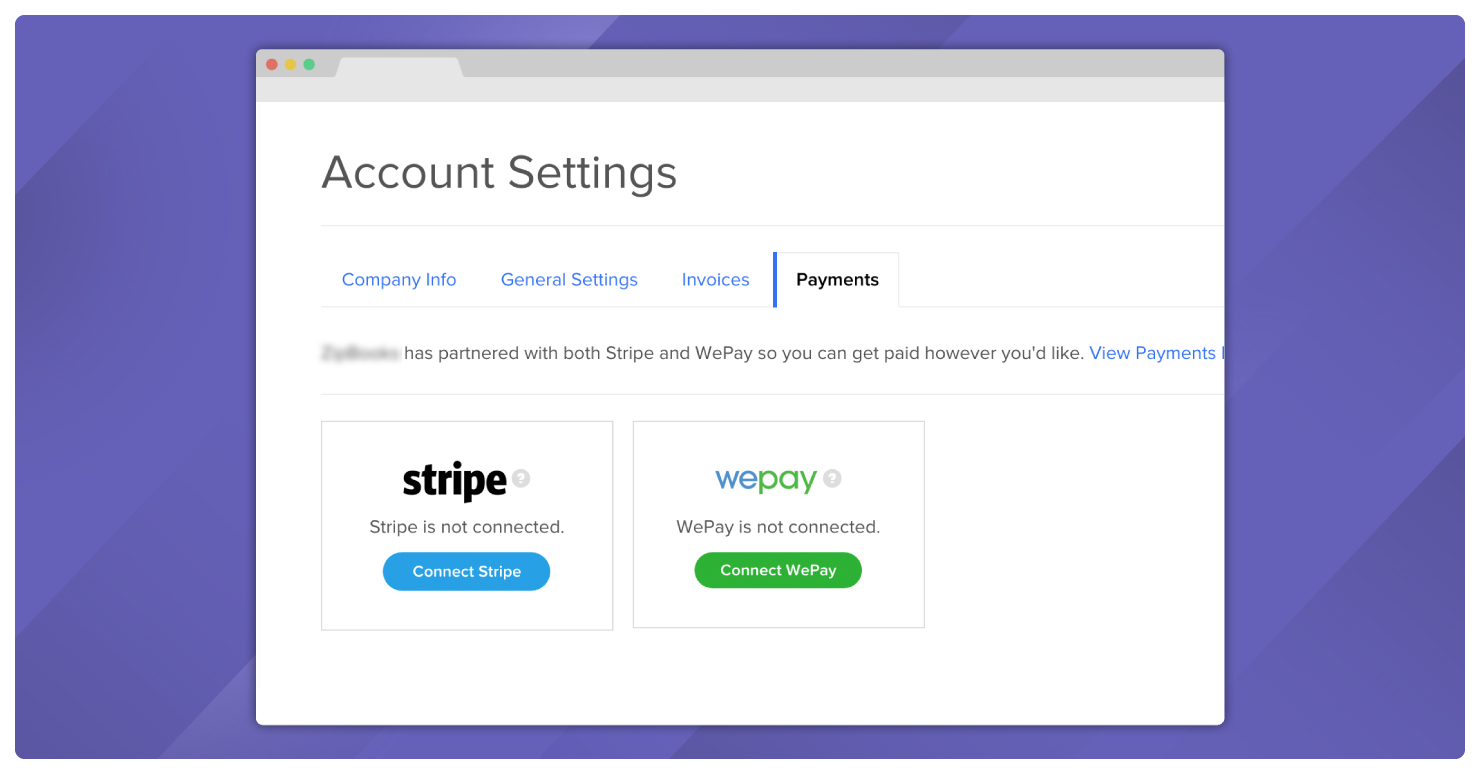Core features and partner integrations – both are significant parts of a successful business growth strategy. In an ideal scenario, you can work on all of them, but the reality is often different. Here’s how you can prioritize between integrations and core features.
The SaaS industry has a tough side, a side that people rarely mention. Unless you get product development right from the get-go, the chances of surviving are low.
Because the niche is volatile, and there are many variables at play during product development, getting it right every time can pose a serious challenge. One such challenge is the balancing act between core features and integrations.
On one side, your customers are hounding you to integrate with all the products they use. On the flip side, you have to focus on your core product. While there are upsides of building integrations for your end users, every minute you spend building them is a minute you could have invested in improving your core features.
Therein lies the dilemma.
What do you focus on first? Should you pay heed to what your customers want? If yes, then which integrations get done first, which get put on hold, and which get the ax. Or is it better for the product team to concentrate on the core product?
These are the questions raised and discussed with the regularity of a leitmotif in every SaaS business. The answer is not one or the other. Choosing means prioritizing what’s urgent and realistic.
Work on core connected features first.

Logic says that the real meat of your product lies in core functionality. To improve the product (and profit), you need to add super-connected and useful features and not integrations.
For instance, assume Google Suite came without a search function. Now, if they were to weigh adding search against integrating with a third-party solution like Salesforce, which one should they focus on?
The Salesforce integration will impact customer success cases and product management, but it remains beyond the core product scope. On the other hand, working on the Search feature would affect all the apps within Google Suite – spreadsheet, doc, presentations, etc. That would improve the core functionality and overall user experience.
Yes, working on core features seems better, but you have to consider strategic opportunities too.
For example, how does adding one feature affect other features? Does it amplify current functionalities and opens up opportunity windows? Or does it make the core product more complicated and slows development?
So, should you even explore integrations?
Yes, of course.
At times, your core product is robust enough, and to expand, you need new growth points that enhance functionality. Another scenario where integrations may gain priority is a crisis.
Let’s say your core functionality is unable to find the proper market fit. To survive, you have to test new areas as fast as possible. Then working on loosely connected offerings like integrations that customers have been requesting is a good way to go.
Knowing when to leverage the technologies built by others lets you concentrate on developing a better core offering for your users—some of the times.
Why commit precious resources to develop a payment platform when you can just as easily integrate with Stripe? Why work on building a live chat app for customers when you can use Intercom? Why buy racks of machines when you can easily go to a cloud provider?

In a crux, you don’t need to move beyond the scope of your primary offering to create a feature when someone else does it faster, better, and at a remarkably lesser cost?
But there will be plenty of other occasions when features and integrations lie on the opposite sides of the balance with equal weight. You have to choose between working on integrations vs. the core product in such cases, and you get stuck.
It’s called choice paralysis.
So, how do you achieve this not so small feat? How do you tackle the most challenging part of your job, deciding where to put your resources on – core features or integrations?
How to Prioritize Between Integrations and Core Features?

One way to avoid choice paralysis to divide the projects into themes. Breaking core features and integrations into themes means creating buckets or small groups that line up your vision, goal, and strategy. This division ensures whether you prioritize core features or integrations, you work on something important right now.
Keep in mind that you’re not putting any feature or integration in a bucket that forever abandons them. It is merely about creating groups that need your attention first.
1. The feasibility, desirability, and viability approach
When you’re sorting core features or integrations into smaller groups, personal bias and recency can take you off track. You need to look at each project from an objective lens.
Is it technically possible?
The first criteria you should consider is technical. Sit with your developers, engineers, and designers and discuss if you have the resources to build a feature or integration.
As a product leader, your personal opinion doesn’t factor in when thinking of feasibility. You need to understand what is technically feasible, what isn’t, and what may be.
Once you have the answer to ‘Is it possible?’, you also need to talk about how it will be made possible.
Do the users want it?
This part of the analysis pays attention solely to the customer-experience. Find out if enough users desire (or need) the feature or integration to get a job done.
Will the feature or integration make your product more valuable to current customers and prospects? Off the bat, 90 to 95% of features and integrations you’re thinking of will slide down the prioritization list. There are many apps and tools that your users may want (or use), but they won’t get value by connecting it to your product.
When you’re testing for desirability, consider the affordance and how you will market the feature. Most often, this data can be gathered through user tests, prototype validation, and analytics. Taking input from people in the marketing, research, and UX design department is imperative here.
Does it support strategy and market?
The last criterion to consider is viability. Does the feature or integration align as a function of your entire business? This is where product managers come into play. They understand the best if an integration (or feature) fits into the bigger picture or not.
The bigger picture includes your goals and other features and integrations you offer, and the industry’s requirements. Does your offering suit the market? Will there be any legal or regulatory considerations? Would it require financial oversight?
When you’re using the feasibility, desirability, and viability approach, don’t rely on individual opinions. To ensure that you view each project from an undeniably objective lens, cross-examine opinions. Over and above, rely on data and research to validate all your decisions.
2. The testable prototype approach
It is the pain of future disappointment that makes product managers hesitate when thinking about building integration or a core feature. You don’t want to invest in either one of them only to realize that it brings in no returns. Creating a testable prototype lets you circumvent this.
Develop a hypothesis that you can test. Then invite a small group of real users to try the prototype and collect data from the test cycles. The results generated will give you proof points – irrefutable evidence if the integration (or core feature) works or not.
So, when the CTO shows up asking what you should prioritize, you have hard data demonstrating the value of the integration or feature.
Figuring it out is worth pursuing.

Talking about building new things or connecting with one of the 1000s of SaaS apps in the market is exciting. It is easy to picture your product integrating with Slack or reaching amazing places due to core functionality.
That’s the best-case scenario and more practically a rose-tinted view of the world. The reality is different and isn’t exactly straightforward.
It takes hours of developer time to build a feature or integration. It takes even more to test it. Then comes the marketing efforts to launch and promote it. And at the tail end is the support time where you answer customer questions. That’s why a single integration or feature can run up a high-figure cost.
For a product manager, it becomes critical to be the voice of reality. Prioritize integrations and features into your product roadmap while keeping your overall strategy front and center.
Don’t be tempted by short-term results or exciting ideas. It is always worth figuring out where you should focus your efforts first while pursuing a long-term strategy. Take the ‘less is more’ approach. The bigger the integration or feature, the bigger the risk. So have data to back up your decisions.
Most importantly, never fail to reprioritize if you see that market and business needs are changing. Go through your list of features and integrations from time to time and ensure that whatever you elect to work on still aligns with your goals.
Final thoughts on Integration vs. Core Features

Be it integrations or new core features, both are critical.
Connecting with another app exposes you to an entirely new audience, giving you ridiculously qualified leads matching your target personas at times. Features also help with new user acquisition. App engagement jumps with both, and so does user retention.
That said, engineering bandwidths are limited. A successful company may have the resources to work on both integrations and core features in tandem, but most SaaS businesses don’t. For the latter, APIFuse saves the day.
Instead of juggling core functionality with integrations and struggling to survive in the quicksilver industry, you keep your focus on your primary product, and APIFuse takes care of the integrations.
We offer SaaS firms on-demand integration for faster revenue growth and diversification through our Standard and Platform plans. For fully managed end user integration support, we offer our White Glove plan.
When you’re looking to rapidly deliver on end user integration requests then partner with us. Our embedded iPaaS solution is purpose-built for native integrations. We white-label your 3rd party integrations and allow your customers to connect their apps without leaving your product.
To discover how APIFuse can help solve the dilemma of integrations vs. core features, request a demo today.
